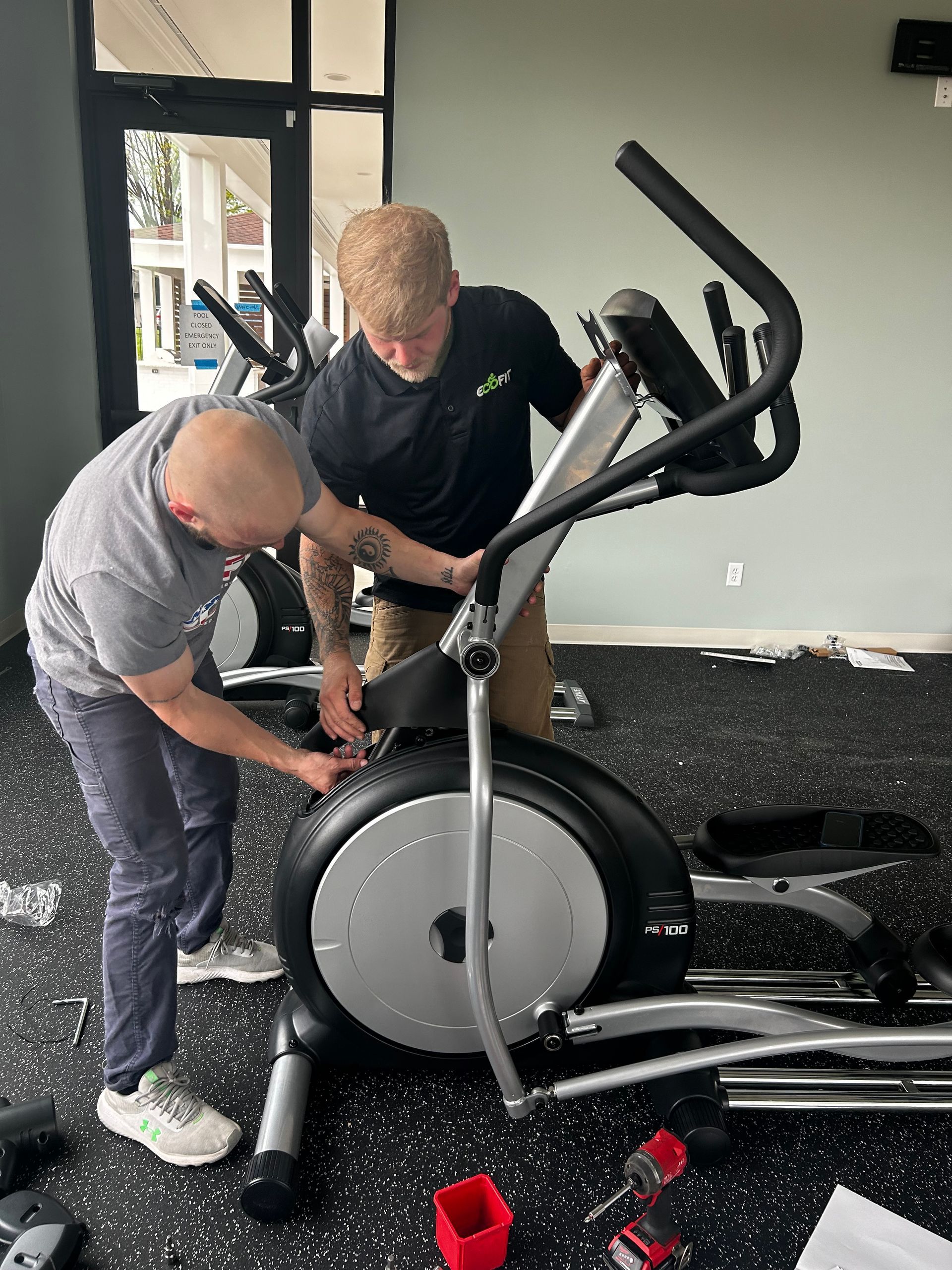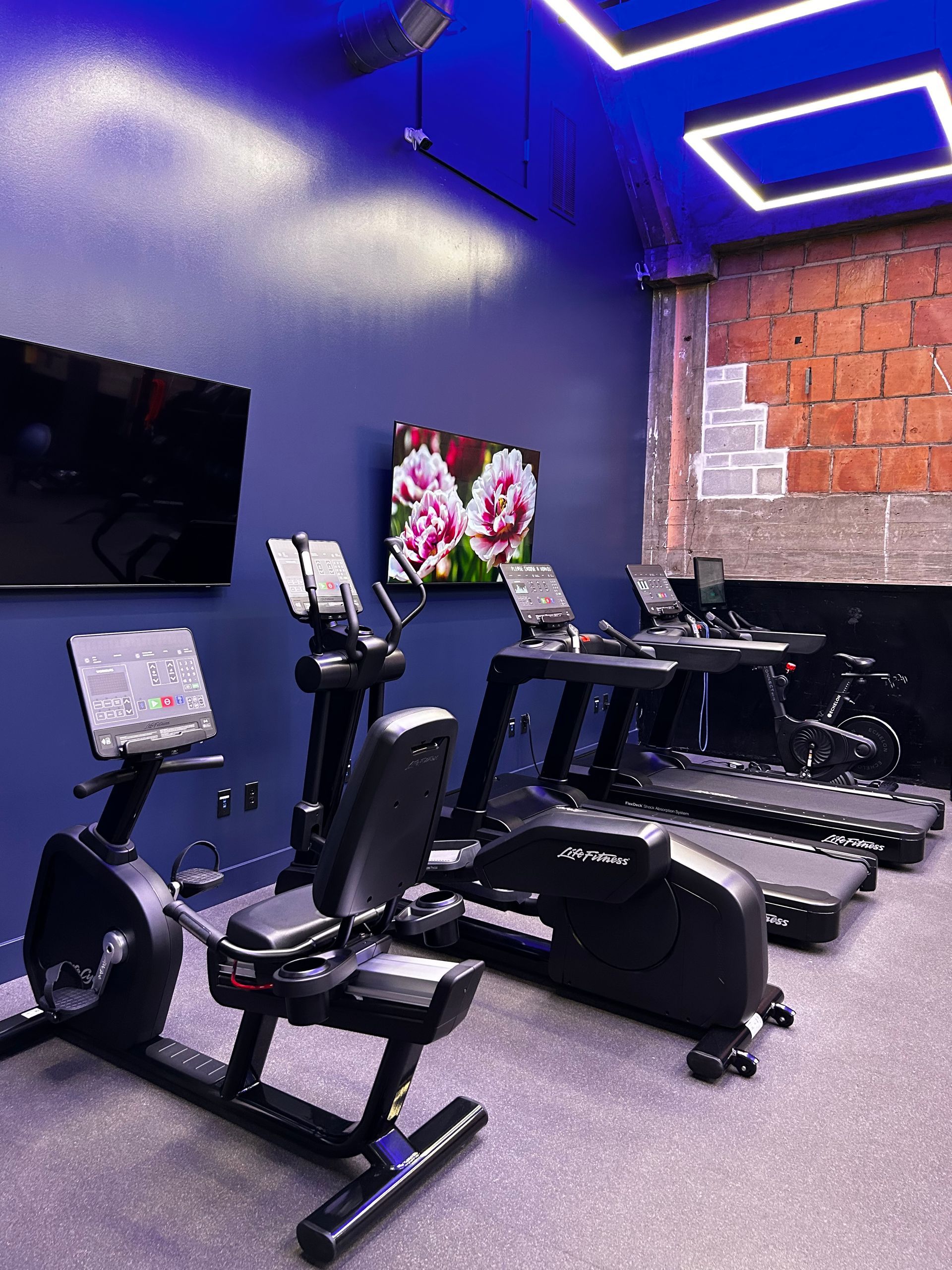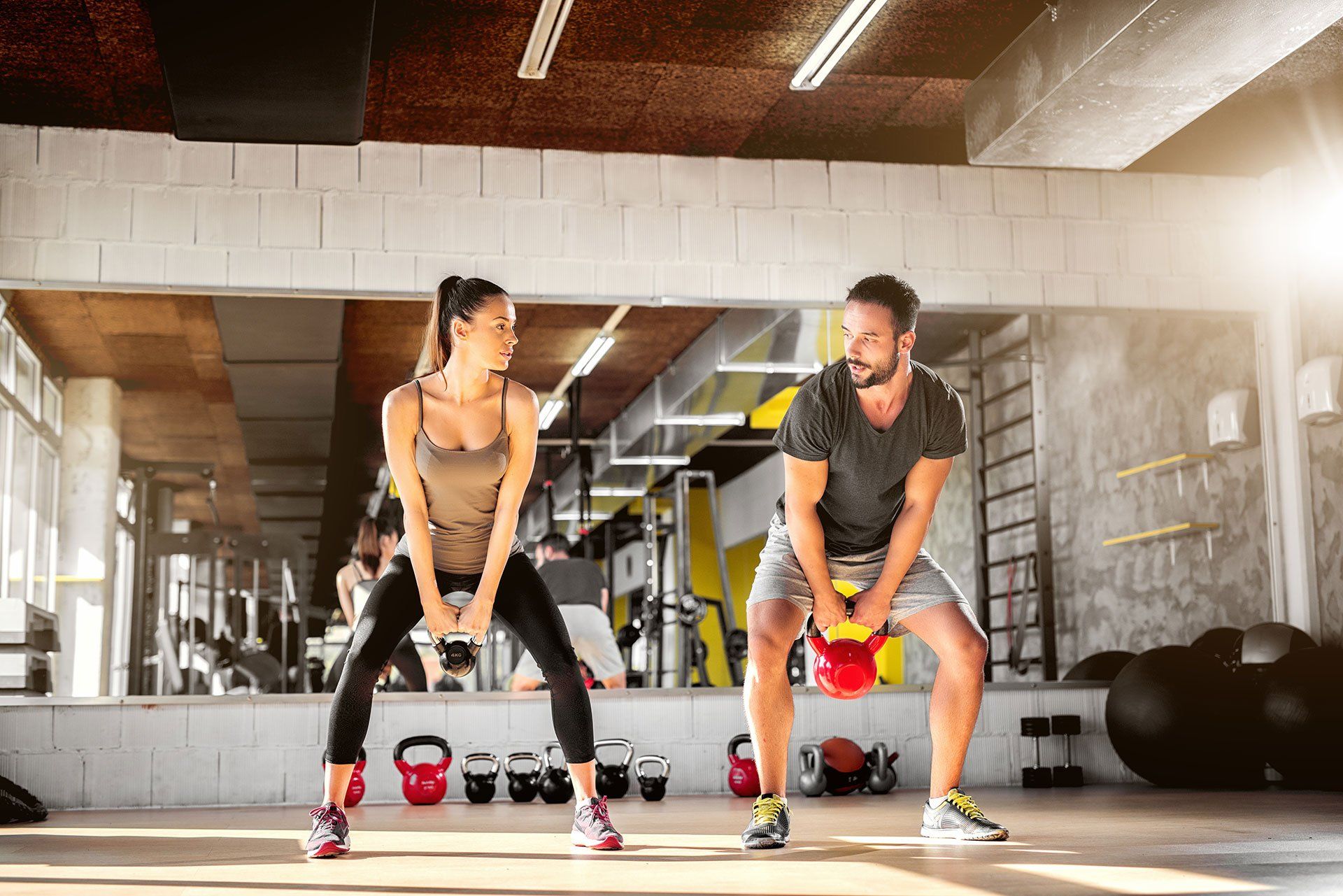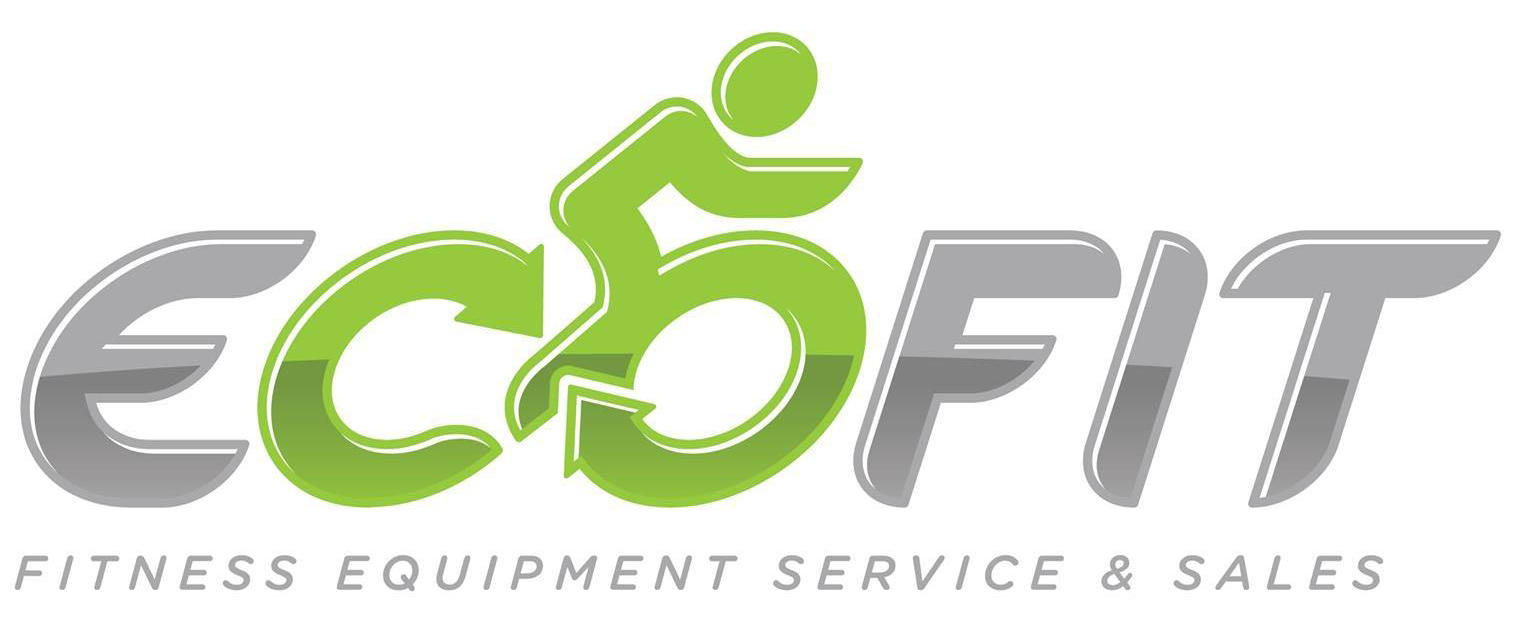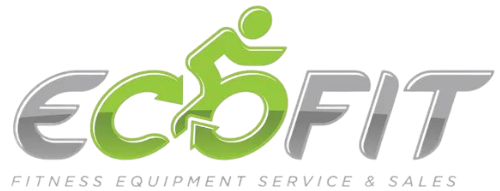Beyond the Heavy Lifting: Why Professional Fitness Equipment Installation Matters in St. Louis
When planning a new gym or refreshing an existing facility in St. Louis, the focus often falls on selecting the right equipment mix. While equipment choice is certainly crucial, what happens after delivery can make or break your member experience, staff satisfaction, and even long-term maintenance costs. Professional installation isn't just a convenience—it's an investment in your facility's future.
The St. Louis Fitness Landscape: Unique Challenges
The St. Louis region presents specific challenges when it comes to fitness facility development. From the historic buildings of downtown and Lafayette Square to the modern structures in Chesterfield and St. Charles, each location comes with its own set of installation considerations.
These historic properties, while beautiful and character-filled, often present unexpected surprises: uneven floors, load-bearing limitations, and access restrictions that can complicate equipment installation. Even in newer buildings, St. Louis's variable climate means considerations for HVAC interaction, humidity control, and proper spacing for member comfort throughout seasonal changes.
Local building codes and regulations also vary significantly across the metro area's municipalities. What's permitted in Clayton might require additional accommodations in Kirkwood or Webster Groves. This regulatory patchwork makes local installation expertise particularly valuable for St. Louis facility operators.
The True Cost of Improper Installation
Many facility operators learn the hard way that improper equipment installation creates cascading problems that extend far beyond aesthetic concerns. When strength equipment isn't properly leveled and anchored, it creates both immediate safety risks and accelerated wear that shortens equipment lifespan. Cardio equipment that's incorrectly assembled or improperly positioned relative to power supplies can experience premature electronic failures.
Even seemingly minor issues—a squat rack that wobbles slightly, a cable machine with misaligned pulleys, or a treadmill that isn't properly calibrated—significantly impact member experience. These subtle flaws communicate a lack of professionalism and attention to detail that members notice, even if they can't immediately identify the specific problem.
For St. Louis facilities operating in a competitive market, these small disappointments add up. Members increasingly expect a premium experience, and professionally installed equipment is a foundational element of delivering on that expectation.
The EcoFit Advantage: Local Expertise
Unlike national chains that send rotating installation crews unfamiliar with local conditions, EcoFit's St. Louis-based installation teams bring specialized knowledge of the region's fitness facilities, building types, and regulatory requirements. Our technicians have worked in everything from downtown loft conversions to suburban wellness centers, developing solutions for the unique challenges each environment presents.
This local expertise translates to faster, more effective installations with fewer complications. Our teams understand how to navigate the narrow service elevators of Washington Avenue loft buildings, the best approaches for equipment placement in historic structures with limited outlet accessibility, and the floor reinforcement needed for heavy equipment in buildings with specific structural considerations.
More Than Muscle: The Technical Side of Installation
Professional fitness equipment installation involves far more than just physical strength to move heavy objects. Today's fitness equipment—especially cardio machines—are sophisticated electronic devices requiring proper calibration, software configuration, and network integration.
EcoFit's installation teams combine physical capabilities with technical expertise. They're trained in the specific requirements of different equipment manufacturers, ensuring that each machine is not just physically placed but also properly configured. From connecting treadmills to your facility's entertainment system to ensuring that strength equipment is precisely leveled on uneven floors, these technical details make the difference between equipment that merely functions and equipment that delivers an exceptional experience.
For St. Louis facilities implementing connected fitness experiences, our technicians can handle the integration of equipment with facility management software, member apps, and networking infrastructure—creating a seamless digital ecosystem alongside the physical installation.
The Relocation Reality: Moving Without Mayhem
St. Louis fitness facilities frequently need to relocate equipment—whether for floor plan renovations, facility moves, or equipment upgrades. What seems like a straightforward task often becomes surprisingly complex without proper expertise and equipment.
Moving fitness equipment without proper techniques and tools creates multiple risks. Equipment damage is the most obvious concern, but staff injuries, facility damage, and improper reassembly can create even more significant problems. Many insurance policies specifically exclude coverage for damage that occurs during non-professional equipment relocation, creating potential financial exposure for facilities that attempt DIY approaches.
EcoFit's specialized moving services for St. Louis facilities include not just the physical relocation but also professional disassembly and reassembly. Our teams document original configurations, carefully track components during the move, and ensure that equipment is returned to proper working order in its new location. This comprehensive approach minimizes downtime while maximizing protection for both your equipment investment and your facility.
Strategic Planning: Installation as Part of the Design Process
The most successful fitness facilities in St. Louis engage installation expertise during the planning phase rather than waiting until equipment arrives. This proactive approach identifies potential issues before they become problems: electrical capacity limitations, floor reinforcement needs, and traffic flow considerations that might otherwise be overlooked.
EcoFit's pre-installation consultations have helped numerous St. Louis facilities avoid costly mistakes. In one Clayton facility, early involvement identified electrical supply limitations that would have prevented proper operation of the planned cardio equipment package. In a Brentwood location, our team recommended floor plan adjustments that improved both equipment function and member experience while working within the facility's structural constraints.
This strategic approach extends beyond new facilities to renovation projects as well. For established gyms looking to refresh their equipment mix, our installation specialists can assess whether existing infrastructure will support new additions, identify potential issues with older electrical or flooring systems, and recommend modifications to accommodate today's larger, more sophisticated equipment footprints.
Minimizing Disruption: Installation That Respects Your Business
For existing facilities, equipment installation or relocation needs to happen with minimal disruption to member experience and business operations. This requires careful planning, efficient execution, and sometimes after-hours work to ensure that your facility remains functional throughout the process.
EcoFit's St. Louis teams specialize in phased implementations that allow continuous operation. Rather than shutting down entire sections of your facility, we work with you to develop installation sequences that maintain functional workout spaces while equipment is being updated. For 24-hour facilities, our flexible scheduling accommodates late-night or early-morning installation windows when member traffic is lightest.
This consideration extends to the cleanliness and presentation of your facility during installation. Our teams maintain tidy work areas, manage debris removal, and ensure that partially completed work doesn't create safety hazards or unsightly conditions that could negatively impact member experience.
The Complete Package: From Delivery to First Workout
What truly sets EcoFit's installation services apart is our comprehensive approach. We don't consider installation complete when equipment is merely in place—we ensure it's fully functional, properly calibrated, and ready for member use. This includes:
- Thorough testing of all functions and features
- Proper calibration according to manufacturer specifications
- Verification of safety features and emergency stops
- Initial lubrication and adjustment of moving parts
- Cleaning and preparation for immediate member use
- Removal of all packaging materials and installation debris
This turnkey approach means your new or relocated equipment is truly ready for use, not just physically present in your facility. For St. Louis gym owners and managers with countless other operational concerns, this comprehensive service provides valuable peace of mind.
Partner with St. Louis's Installation Experts
Whether you're launching a new fitness facility, renovating an existing space, or simply updating your equipment mix, professional installation is an investment that pays dividends in equipment longevity, member experience, and operational efficiency.
EcoFit's St. Louis installation teams bring the local expertise, technical knowledge, and fitness-specific experience needed to ensure your project succeeds. From the historic buildings of Soulard to the modern facilities of West County, we've helped fitness businesses throughout the region create exceptional workout environments through professional installation services.
Contact us to discuss your next equipment installation or relocation project, and discover why St. Louis fitness facilities have trusted EcoFit for professional installation services that go beyond just heavy lifting.
